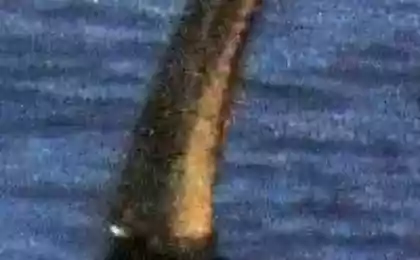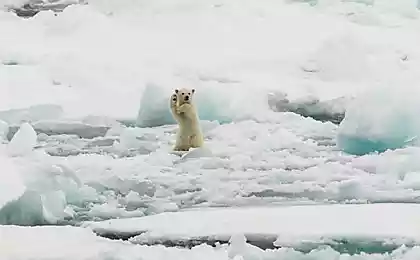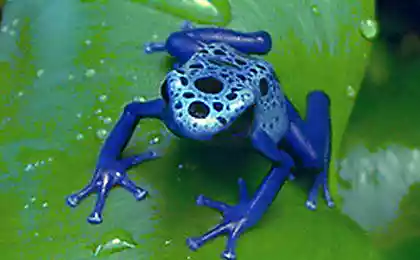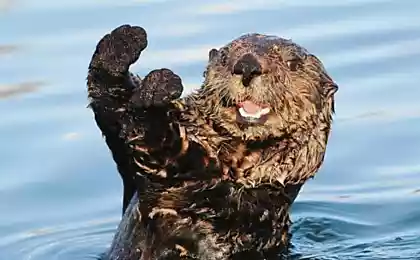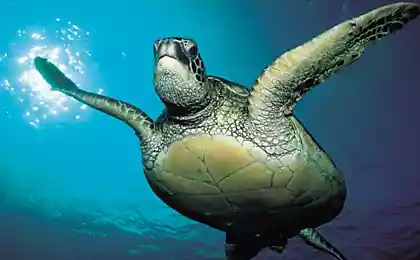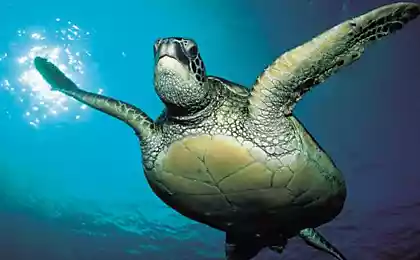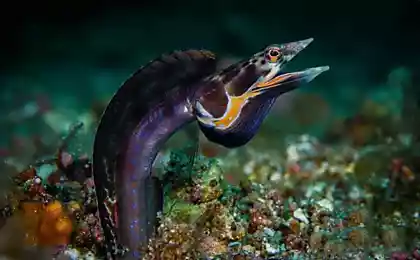6098
Sea monsters
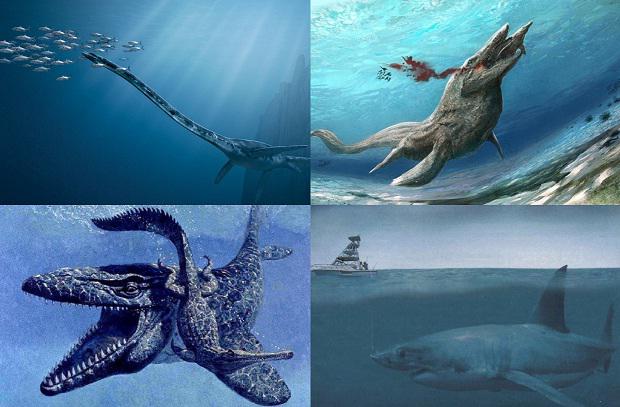
Some of the largest creatures that ever inhabited this world, lived millions of years ago. Below are the ten largest, most terrible sea monsters, once scour the oceans 10. Shastazavr (Shastasaurus)
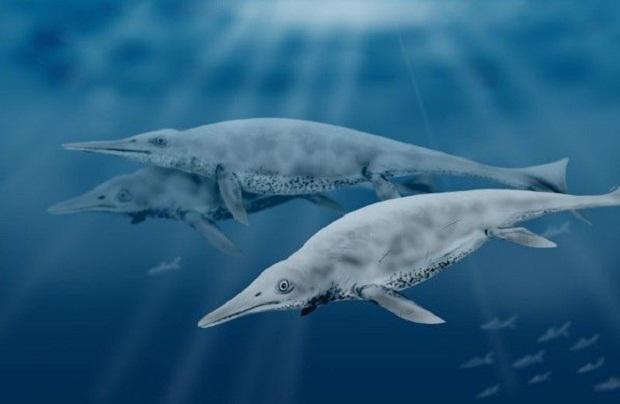
Ichthyosaurs were marine predators that look like modern dolphins, and could reach enormous proportions, they lived in the Triassic period about 200 million years ago. Shastazavr, the largest species of marine reptiles ever found, was ichthyosaur, which could grow to more than 20 meters. It was much longer than most other predators. But one of the largest creatures ever to swim in the sea, it was not quite the worst predators; Shastazavr fed by suction, and ate mostly fish. 9. Dakosaurus (Dakosaurus)
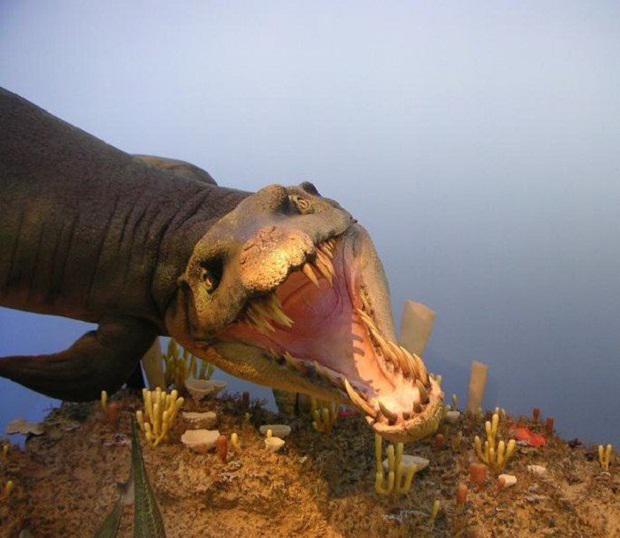
Dakosaurus was first discovered in Germany, and, with a strange reptilian and at the same time ichthyoids body, he was one of the top predators in the sea during the Jurassic period. Its fossils have been found in a very wide area - they are everywhere, from England to Russia and to Argentina. Although it is usually compared to modern crocodiles, Dakosaurus could reach 5 meters in length. Its unique teeth led scientists to believe that he was the main predator during his terrible reign. 8. Thalassomedon (Thalassomedon)
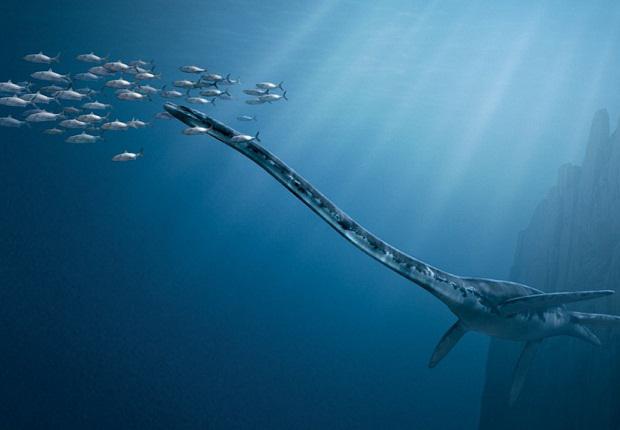
Thalassomedon refers to a group pliosaur, and his name is translated from the Greek as "The Lord of the Sea" - and for good reason. Thalassomedon were huge carnivores, reaching up to 12metrov in length. He had almost 2 meter flippers, which allowed him to swim in the deep with deadly efficiency. His reign as the predator was not until the late Cretaceous period, until, finally came to an end when the sea there are new larger predators such as Mosasaurs. 7. Nothosaurus (Nothosaurus)

Nothosaurus, reaches a length of 4 meters, were aggressive predators. They were armed with a mouth full of sharp, outwardly directed teeth, which indicates that their diet consisted of squid and fish. It is believed that Nothosaurus were mainly predators ambush. They used their smooth reptilian physique to sneak up on the production and catch her off guard during the attack. It is believed that Nothosaurus were relatives pliosaurs, another species of deep-sea predators. Data obtained from fossils suggests that they lived in the Triassic period about 200 million years ago. 6. Tylosaurus (Tylosaurus)
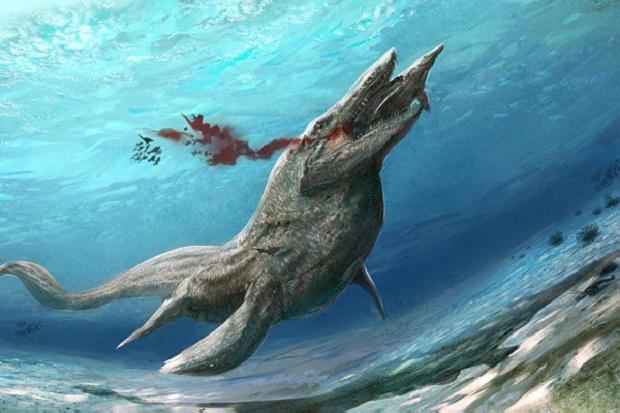
Tylosaurus belong to the species mosasaurs. He was a great size, and reached more than 15 meters in length. Tylosaurus was meat-eater with a very varied diet. Their stomachs were found traces of fish, sharks, smaller mosasaurs, plesiosaurs, and even some flightless birds. They lived in the late Cretaceous sea that covers the territory of modern North America, where they fit snugly on top of the marine food chain for several million years. 5. Talattoarhon (Thalattoarchon Saurophagis)

Only recently discovered, Talattoarhon was the size of a school bus, reaching almost 9 meters in length. This is an early form of ichthyosaur, who lived during the Triassic period, 244 million years ago. Due to the fact that they appeared soon after the Permian extinction (the largest mass extinction in the world, when scientists believed, 95% of marine flora and fauna have been destroyed), his discovery gives scientists the opportunity to take a fresh look at the rapid recovery of the ecosystem. 4. Tanystropheus (Tanystropheus)
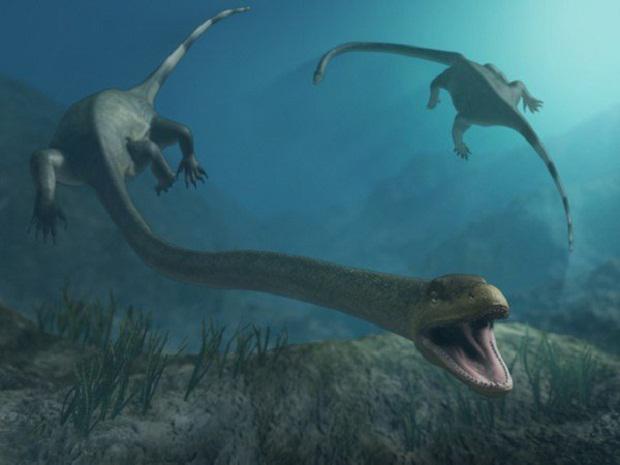
Although Tanystropheus was not strictly marine life, his diet consisted mainly of fish, and scientists believe that most of his time he spent in the water. Tanystropheus was a reptile that can reach 6 feet in length, and are believed he lived in the Triassic period about 215 million years ago. 3. Liopleurodon (Liopleurodon)
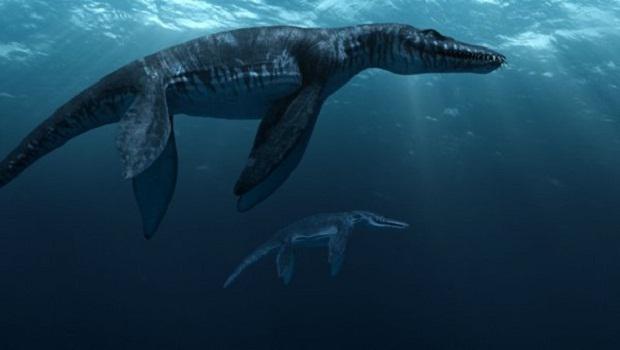
Liopleurodon was marine reptiles and reached more than 6 meters in length. He basically lived in the seas that covered Europe during the Jurassic period, and was one of the best predator of its time. Some of his jaw, is believed to have reached more than 3 meters - about equal to the distance from floor to ceiling. With such huge teeth, it is easy to understand why Liopleurodon dominated in the food chain. 2. mosasaurs (Mosasaurus)
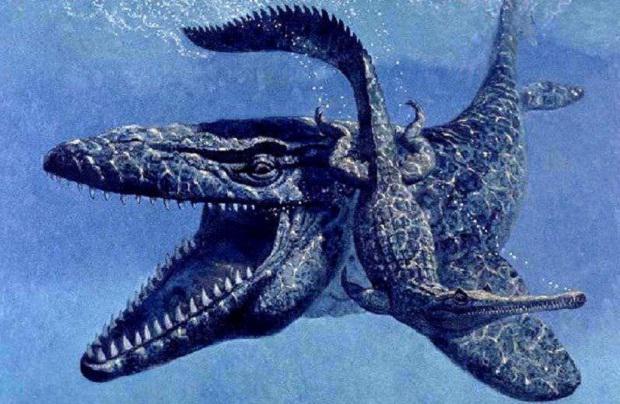
If Liopleurodon was huge, the mosasaur was enormous. Data obtained from fossils suggests that mosasaurs could reach up to 15 meters in length, making it one of the largest marine predators of the Cretaceous period. Mosasaur head was like a crocodile's head, she was armed with hundreds of razor-sharp teeth that could kill even the most well-protected opponents. 1. Megalodon (Megalodon)
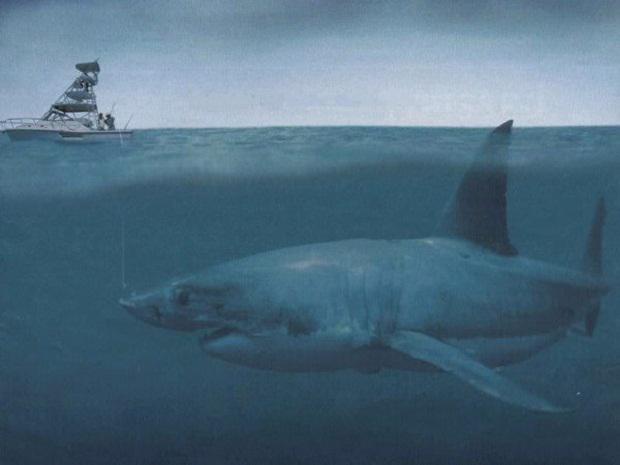
One of the largest predators in maritime history and one of the largest sharks ever recorded, Megalodon was incredibly scary creatures. Megalodon scoured the depths of the oceans during the Cenozoic era, 28 - 1, 5 million years ago, and had a much larger version of a great white shark, the most feared and powerful predators in the oceans today. But while the maximum length of which modern great white shark can reach is 6 meters, the Megalodon could grow to 20 meters in length, which means that they were more than a school bus!
Source: www.bugaga.ru/interesting/1146736871-10-uzhasayuschih-doistoricheskih-morskih-chudovisch.html



